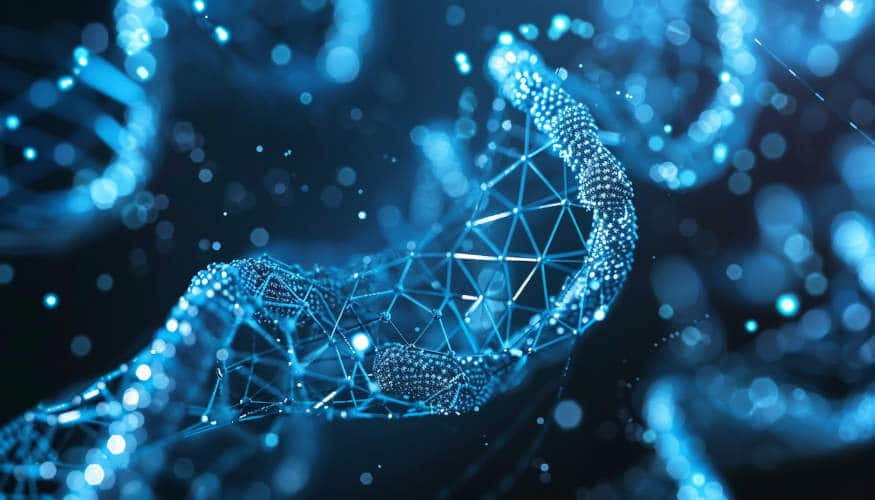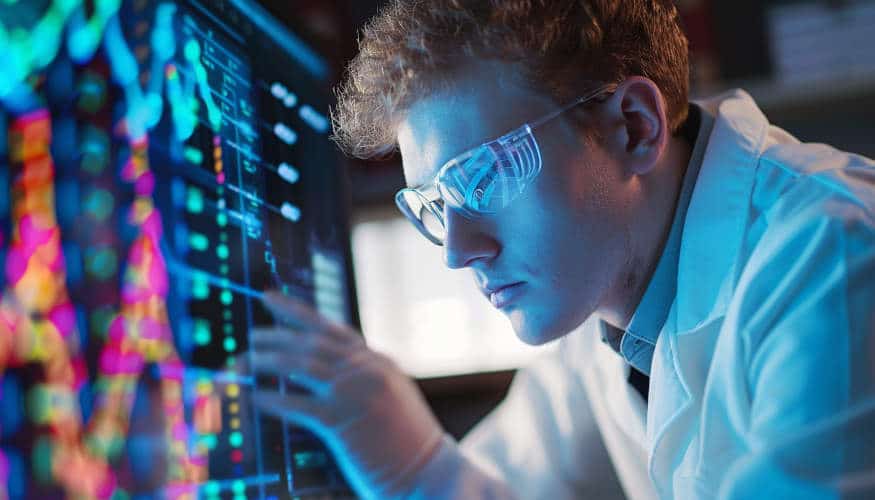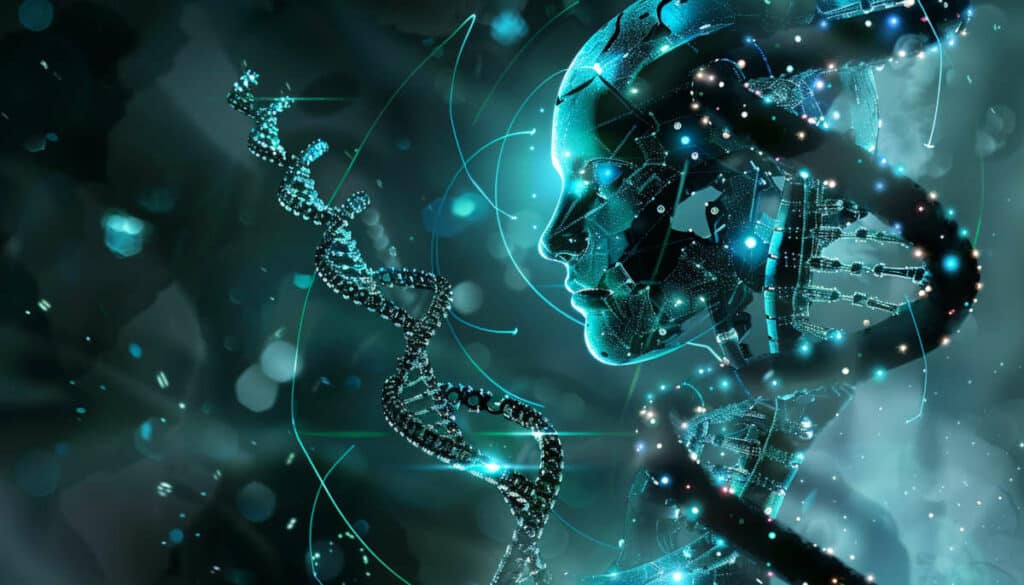Among cells, genomes, biomolecules, ... the world of science is of indescribable complexity. To better understand it, it's important to get to know the ensemble of these elements. And although we are still far from knowing everything, scientists have made significant progress in recent years. Especially thanks to bioinformatics that applies data processing principles to the life sciences.
Bioinformatics, between science and data
Definition of computational biology
At the intersection of biology, computer science, mathematics, and physics, bioinformatics processes data in the fields of life sciences. Specifically, it refers to the modeling, analysis, and integration of biological data.
This scientific discipline has been made possible thanks to the huge technological advances related to Big Data. Today, scientists are able to collect large amounts of data in understanding cells, genomes, biomolecules, ecosystems, tissues, organisms, or even communities and populations. So much biological information implies a growing need for data expertise; whether for its manipulation, storage, visualization, or data analysis.
In essence, the goal of bioinformatics is to better understand the science of life through data. To achieve this, scientists can study the current functioning of the elements (for example, thanks to sequence analysis) or study the evolution of these same elements (especially with modeling).
A bit of history
The term bioinformatics first appeared in 1970 through a study by Paulien Hogeweg and Ben Hesper on the information processes in biotic systems.
Then, Robert J. Cedergren continued to refine this discipline by exploring the structure of RNAs. His work, in collaboration with other scientists and mathematicians, started the movement.
Gradually, computational biology has extended to other fields of science such as biochemistry, molecular medicine, pediatrics, environmental health, etc.
Today, computational biology is entirely multidisciplinary.

The subdisciplines of bioinformatics
Although bioinformatics is very broad, it can be divided into various subdisciplines. Here are the main ones.
Sequence bioinformatics
This branch of computational biology analyzes the genetic information contained in a DNA sequence. By studying the elementary components of DNA or protein sequences (such as nucleotides or amino acids), it is possible to identify similarities between sequences, genes, or regions considered scientifically relevant.
Born with the invention of DNA sequencing in the 1970s, this discipline has particularly evolved. Since then, scientists discover an increasing number of sequences (whether genomes or complementary DNA).
But the amount of data available is such that it is also difficult to process them well. This is the whole interest of bioinformatics. By integrating data techniques and tools (including databases), sequence searching and analysis is simplified.
The introduction of these techniques represents a real revolution. Moreover, these techniques are constantly evolving. As proof, at the beginning of the 2000s, sequencing the first human genome had required about 2 billion € and more than 10 years of work. Today, that same sequencing only requires a few hours of work and less than 1,000 € of investment.
Structural bioinformatics (or molecular modeling)
It consists of using computer tools to reconstruct, predict, and analyze the 3D structure of biological macromolecules. These techniques are indispensable due to the size of the macromolecules. They are so small that traditional observation techniques (such as microscopy) are insufficient.
With molecular modeling, it’s possible to reconstruct these macromolecules in a three-dimensional format. For this, scientists use crystallographic analyses, nuclear magnetic resonance, cryo-electron microscopy, or small-angle scattering techniques. The set of these techniques allows for collecting data that are then used to create a 3D molecular model.
Whether in the experimentation phase, data collection, analysis, or molecular visualization, bioinformatics intervenes at all levels.
Besides the reconstruction of macromolecules, this discipline also allows for the prediction of protein structures from the sequence of their elementary components (the amino acids). This is even more important because the activity of each protein varies according to the shape it takes on. Being able to predict its shape thus allows predicting its effect, possible inhibitors, etc.

Network bioinformatics
Scientists study the interactions among all living elements, such as genes, proteins, cells, organisms, … From this analysis of genetic or metabolic flows, it is possible to model collective behaviors. To do this, once again it is necessary to rely on a series of data collected thanks to Big Data analysis techniques.
Network bioinformatics allows, among other things, to build phylogenetic trees. In other words, a tree that establishes a link between species according to their genetic distances. Scientists then compare homologous genes to one another.
The set of these subdisciplines of bioinformatics allows for advancing science in a spectacular way.
The importance of bioinformatics
To help you better understand the importance of bioinformatics, here are several concrete examples:
- Identifying epidemics: thanks to the two-dimensional structure of RNA molecules, it’s possible to identify the cause of potential epidemics and anticipate them.
- Personalized therapeutic management: a better understanding of genetic diseases allows for a more specific response to the biological needs of the patient.
- DNA microarrays: these are capable of spontaneously reforming DNA strands. When a patient suffers from a disease, it will be possible to extract these carrier DNA strands to better understand them.
Better medical diagnoses, discovery of new diseases, new drugs, creation of genetically modified organisms, simulation of organs, ecosystem modeling, development of scientific software, … bioinformatics solves a multitude of problems that were until now inaccessible.
The future of computational biology
Bioinformatics follows the evolution of data and new technologies. As these develop, opportunities in computational biology will continue to grow.
And to say the least, the modern world is always moving more in this direction.
Bioinformatics should then allow for solving increasingly large scientific problems, evolve medicine and life science as a whole.
To do this, organizations require competent bioinformaticians. However, these experts also need at the same time advanced scientific knowledge, but also advanced computer skills. On this latter point, you can start training with DataScientest to master all aspects of data analysis.











